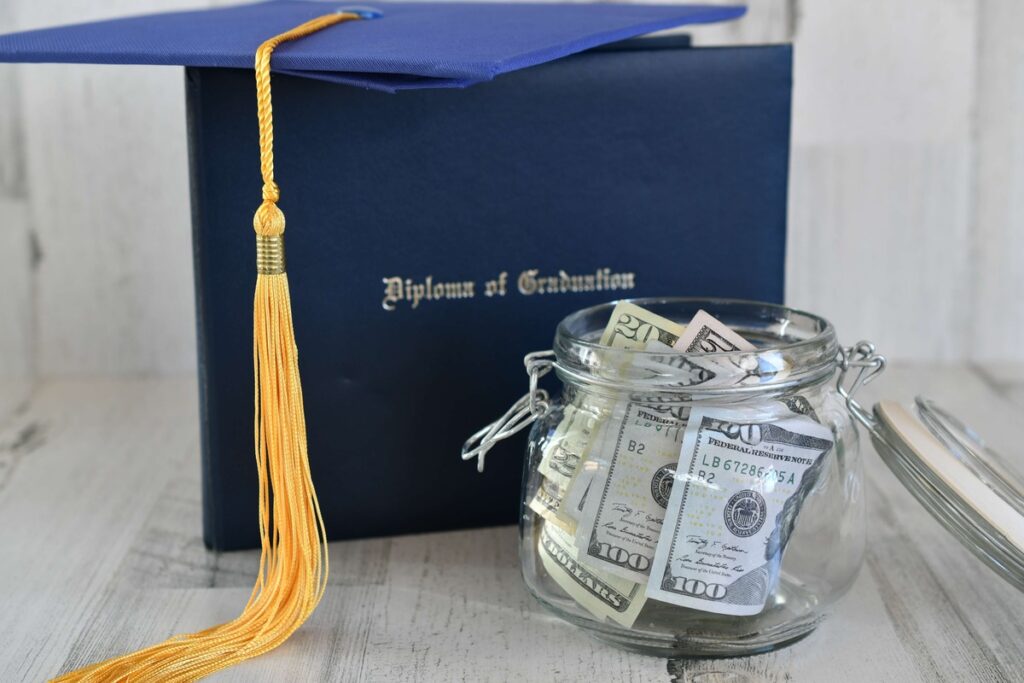On July 21st, the APUS Sustainability Committee hosted its First Annual Sustainability Summit. Since September 2007 when I signed the American College and University Presidents Climate Commitment (ACUPCC), the APUS Sustainability Committee has been working diligently to find ways to reduce the school’s carbon footprint.
The event was an opportunity to share ideas for promoting sustainability within higher education and within the communities in which college campuses are situated. The audience included members of the Jefferson County Commission, representatives of the Jefferson County Planning Commission, the Mayor and other officials from Ranson, WV, the President of Shepherd University, Dr. Suzanne Shipley, and other higher ed representatives from APUS and West Virginia University (WVU), and various representatives of the building and development industry.
Rather than provide a few introductory remarks, I chose to provide the audience with a history of the acquisition, renovation, and construction of the buildings comprising APUS’ Charles Town, WV campus as well as some of the other green initiatives implemented by the Sustainability Committee since 2007 (click here to see my presentation). I explained that our pathway to green construction occurred over time as we could see the demonstrated benefit to the community, our employees, and our energy consumption.
Our first outside speaker was Mr. Ed McMahon who is a Senior Resident Fellow at the Urban Land Institute (ULI) in Washington, DC. In that role, he oversees ULI’s worldwide research and educational efforts related to environmentally sound development policies and practices. He is considered an expert on the topics of sustainable development, land conservation, urban design, and historic preservation. In beginning his presentation, Mr. McMahon stated that Sustainability is “about our children.” According to Mr. McMahon, in order to preserve the environmental well-being of our planet for the benefit of our children, a systematic behavior change is required. He noted that “Even though the number of people per household has decreased from 3.57 to 2.62 over the last 50 years, the amount of land that each individual home consumes has increased by nearly 60 percent.” The same trend is seen in commercial space as well. Though the behavior change that is required to reverse this trend of consumption can be daunting, Mr. McMahon presented several positive examples of environmentally sound development. One example was the Solara housing project in California which is equipped with solar panels on each unit, reducing energy consumption in the community by 95 percent. Walkable neighborhoods with close public transportation have also had a significant impact on the success of projects. Whereas city centers and towns migrated from mixed use to commercial use over the past 100 years, Mr. McMahon noted that successful developments are going back to the mixed use profile in style in the first part of the 20th century. He also noted for the developers in the audience that top tenants are demanding green buildings and that “no one wants to be known as the last person to build a non-green building.” Mr. McMahon’s presentation provided some thought-provoking ideas and provided some feasible options for this type of environmentally-friendlier and sustainable development.
Attendees at the Summit also had the benefit of hearing from Dr. Clement Solomon, Director of the Office of Sustainability at West Virginia University. WVU has a comprehensive and successful sustainability program and Dr. Solomon has made tremendous strides toward incorporating sustainability into all aspects of the university, from operations to academics and from athletics to community engagement. Dr. Solomon discussed the various strategies that he and his team have employed to effectively engage the key stakeholders (students, faculty, staff, alumni, community leaders, etc.) involved in making any sustainability initiative successful. During Dr. Solomon’s presentation, he highlighted the need for prioritizing efforts and encouraged the audience to identify and “pick” low-hanging fruit, the initiatives that are low-cost and relatively easy to execute. Dr. Solomon provided some very interesting statistics about sustainability (and its execution within higher education) but the one that struck me as most relevant for higher education was that “64% of students say knowing a school’s commitment to the environment would influence their decision to attend that school.” That is a compelling reason for more traditional, land-based institutions of higher education to pay close attention to the “triple bottom line” (“people, planet, profit”) as they move forward.
To wrap up the day, Mr. Noah Mehrkam, Founder and Partner of Arcland Property Company, presented the ways in which colleges and universities can begin the process of undertaking environmentally sound development projects. The key points in Mr. Mehrkam’s presentation included the need to identify the key stakeholders in any sustainable development project. For colleges and universities, “relevant stakeholders” include the obvious groups (students, faculty, staff, alumni) but also the less obvious groups including local community members, local governments, and even local businesses. In fact, Mr. Mehrkam noted that in many communities, sustainability is driven by a highly engaged local business. According to him, socially-conscious businesses can bring focus to “developing the urban core” of a community in order to provide for a more environmentally friendly community plan. Mr. Mehrkam was instrumental to the development of APUS’ first green building, a 45,000-square-foot Academic Center that is currently in the LEED certification process (we have applied for LEED Gold).
Overall, the Sustainability Summit was a great success. The outside speakers were top-notch and spoke directly to many of the key functions of the various audience members. During breaks and over lunch, audience members mingled and these relevant “stakeholders” were able to share ideas with one another, network, and confirm their common goal of creating a more sustainable community within Jefferson County. I want to thank Beth Gray and the Sustainability Committee members at APUS who organized this first Summit.










